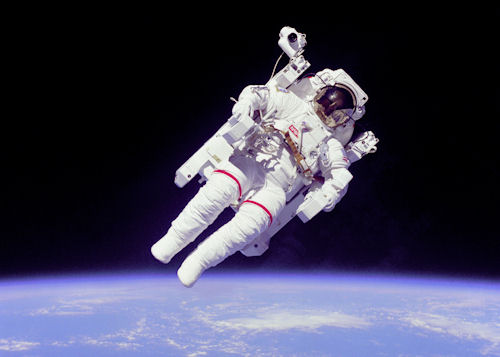
Everyone is fascinated with outer space, the area beyond our solar system. I can understand and appreciate that. The possibility of finding alien worlds, possibly alien life is exciting to think about. However, there’s an awful lot we can learn from the planets in our own system that can help us explore other systems. Here’s some revelations from our own corner of the neighborhood.
Some planets like it hot. How hot? Try 863 degrees Fahrenheit, hot enough to melt lead. Can you guess which planet gets that hot? I bet you said Mercury, and you would be wrong. Mercury may be the closest planet to the sun, but it’s Venus that’s the hottest. Venus has an atmosphere mostly made up of CO2 that traps the heat from the sun, making it hotter than Mercury even on its dark side.
You may be thinking I can’t trick you on the coldest planet. I’m not counting Pluto because it’s no longer a planet(yes it is!) That leaves Neptune as the farthest and therefore the coldest. Nope, you’re still wrong! Uranus is indeed the colder of the two outermost planets, with a minimum measured temperature of -371 degrees Fahrenheit. Current theories are that it’s a result of either Uranus’ screwy weather systems leaking heat into space, or the planet’s having tilted on it’s side millions of years ago.
The largest planet of our solar system is trick-free and kinda obvious. Jupiter reigns supreme as the king of the planets. The monstrous planet is nearly 90,000 miles in diameter. For reference, you could fit about 1,300 Earths inside Jupiter. In fact, when comet Shoemaker-Levy 9 plowed into the behemoth, one of the scars left behind was the size of earth. That’s one reason why Jupiter is seen as Earth’s protector: It takes the hits so we don’t have to!
Yep, time for the smallest planet. You already know where this is going: Neptune is the smallest planet in the solar system. It naturally used to be Pluto, but what changed? A group of astronomers discovered a planet beyond Pluto that they named Eris. This sparked a discussion about whether to make Eris a planet, or make Eris and Pluto dwarf planets. You can guess which side won the argument. That’s why Neptune is now the smallest planet in the solar system.

